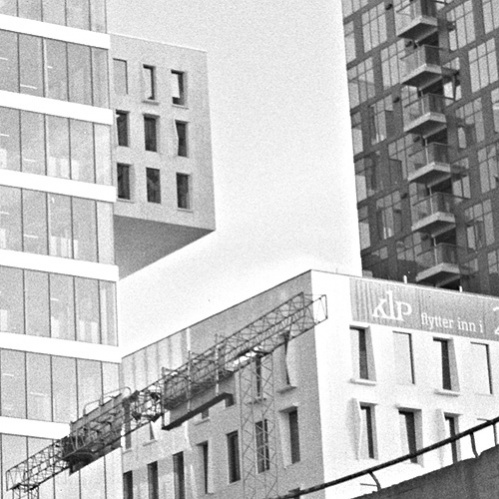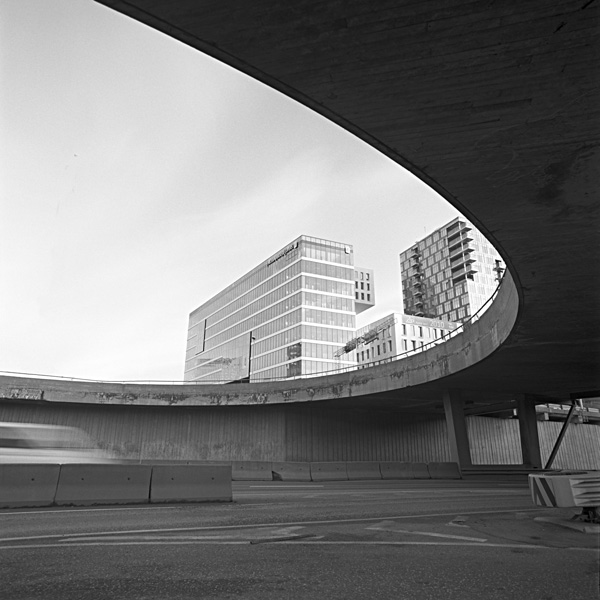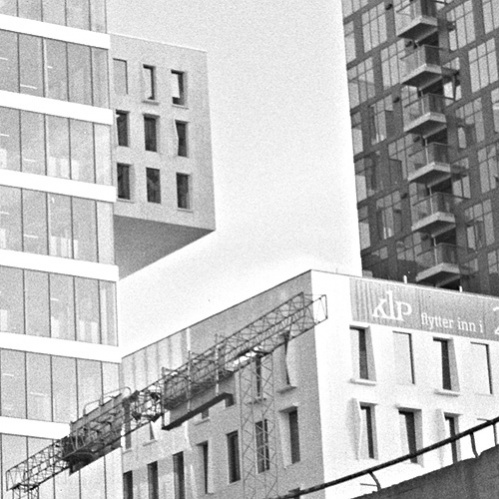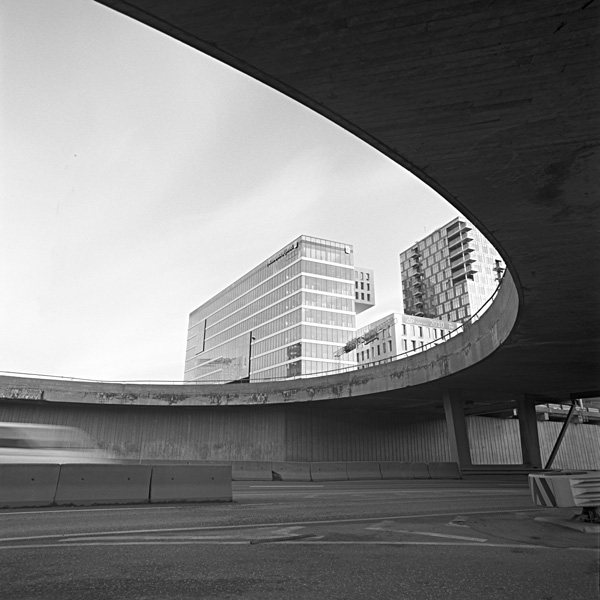ComicDom1
Member
I knew when I decided to go back to shooting film I was going to have to learn to scan in my MF film negative. I already own a dedicated BenQ 35mm Digital Scanner and I bought an Epson 700 with Digital Ice for my medium format.
I am still in the learning process with the Epson and I am wondering if anyone here has come across any website where they were able to quickly learn the best way to setup and scan their negatives with a flat bed similiar to what I have. Silverfast SE was included but I have read that some prefer Vue Scan software. Does anyone here have any opinions on this?
Thanks
Jason
I am still in the learning process with the Epson and I am wondering if anyone here has come across any website where they were able to quickly learn the best way to setup and scan their negatives with a flat bed similiar to what I have. Silverfast SE was included but I have read that some prefer Vue Scan software. Does anyone here have any opinions on this?
Thanks
Jason



